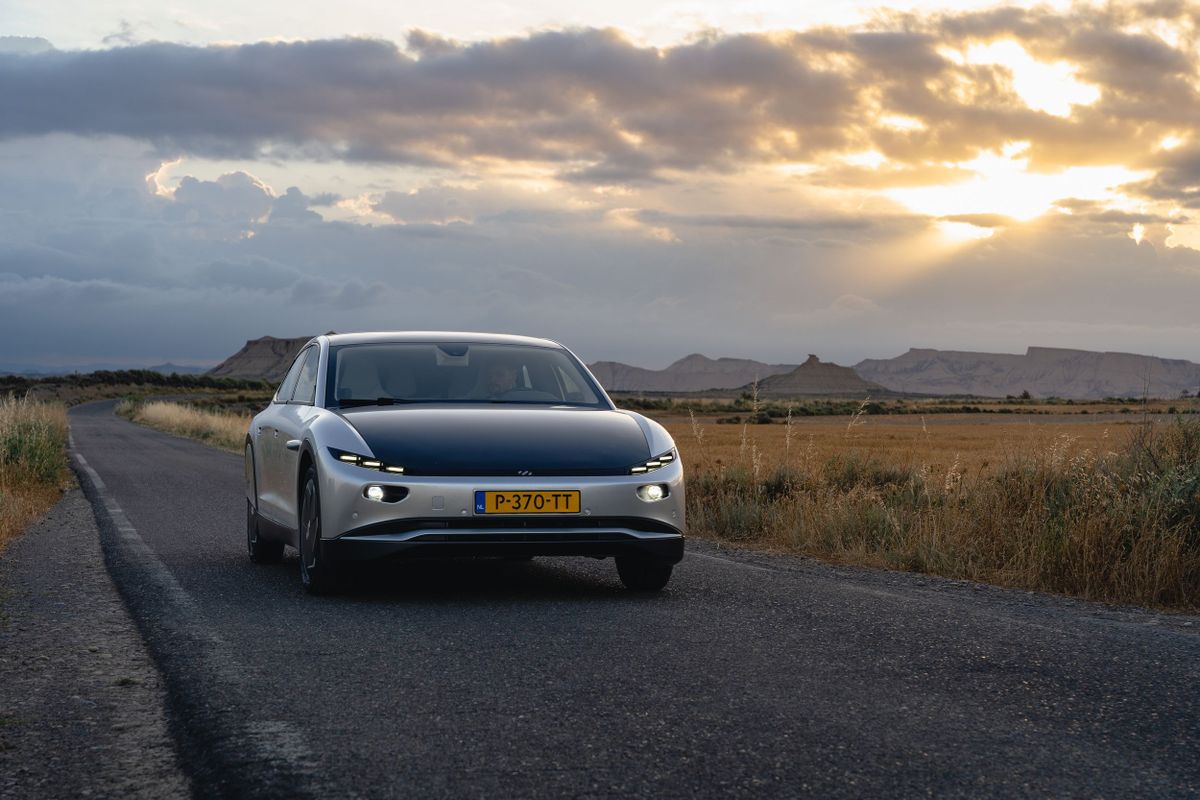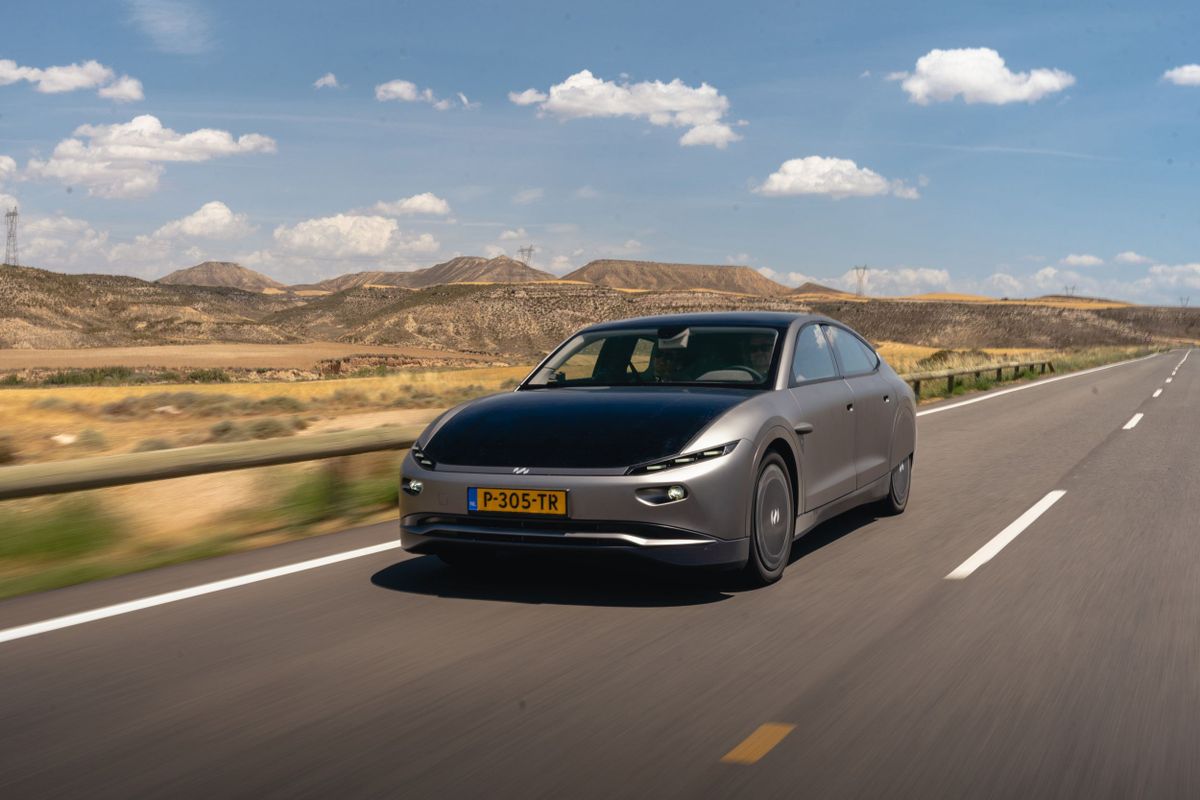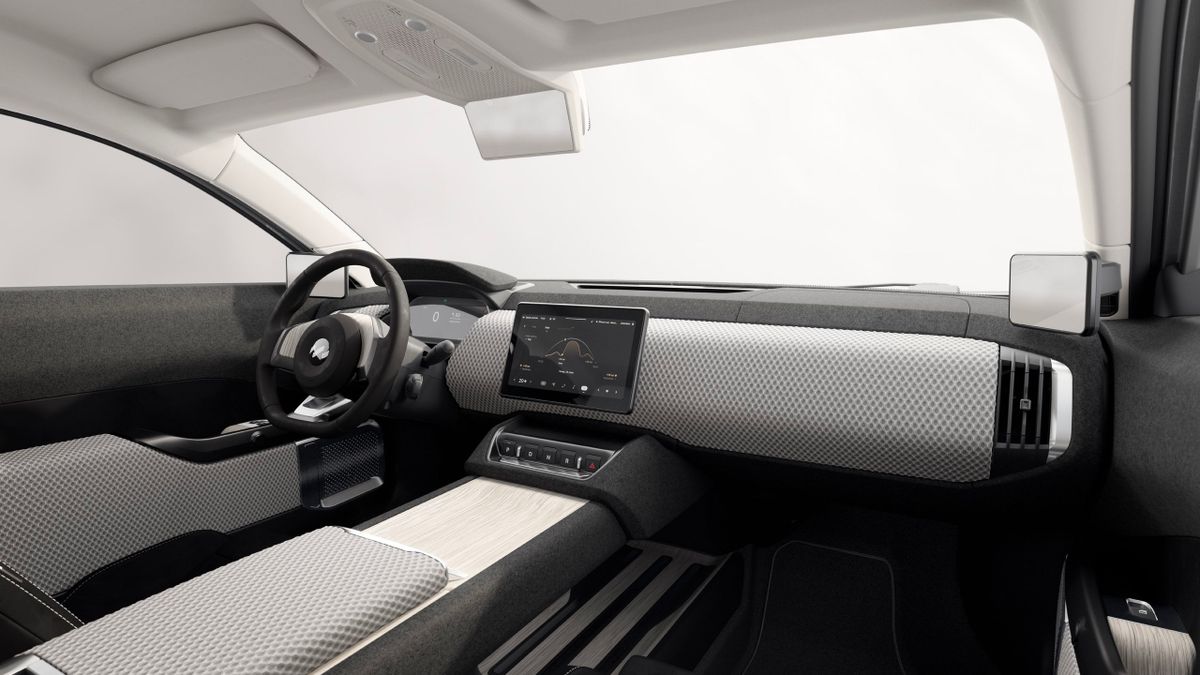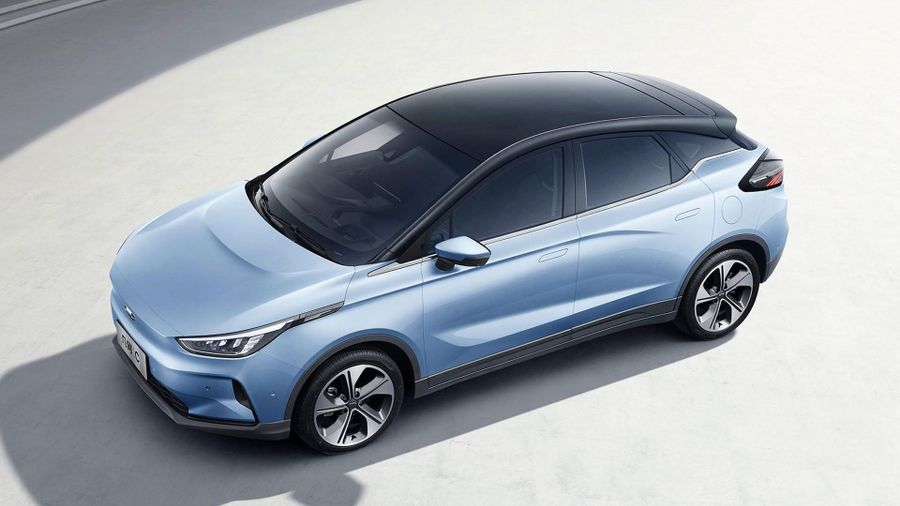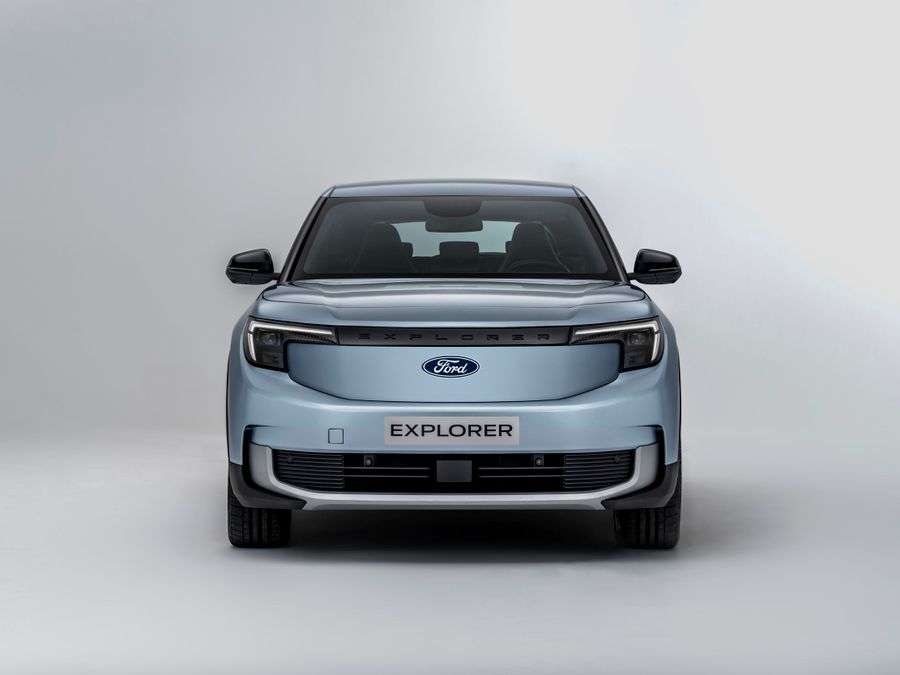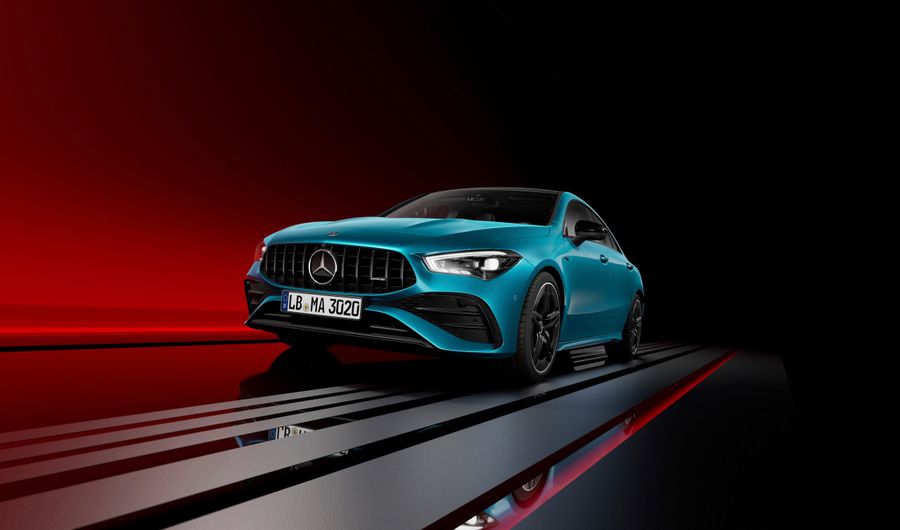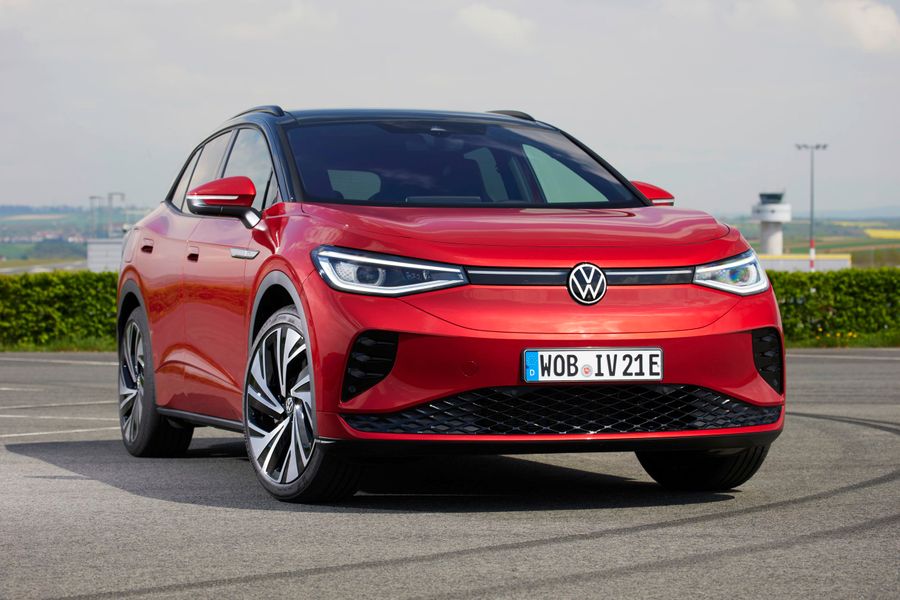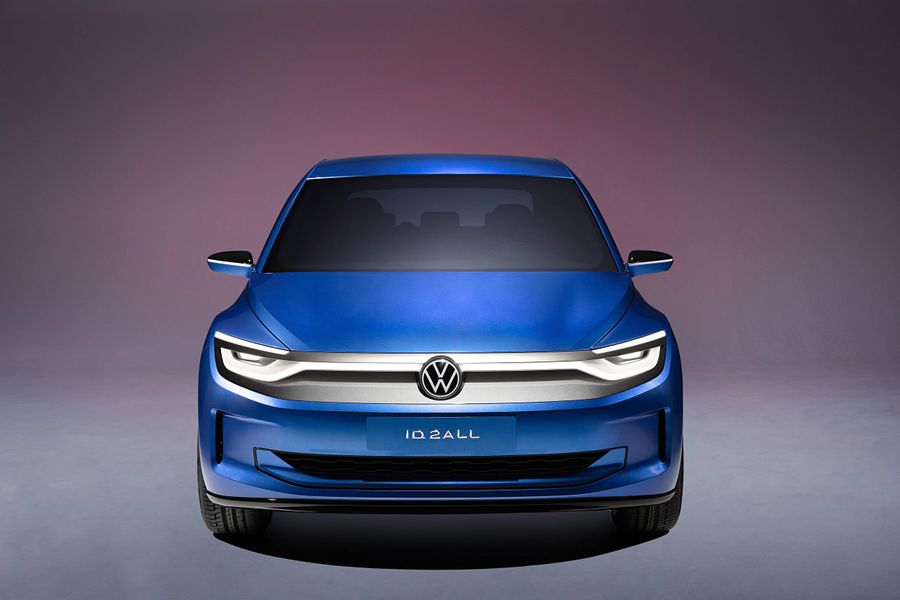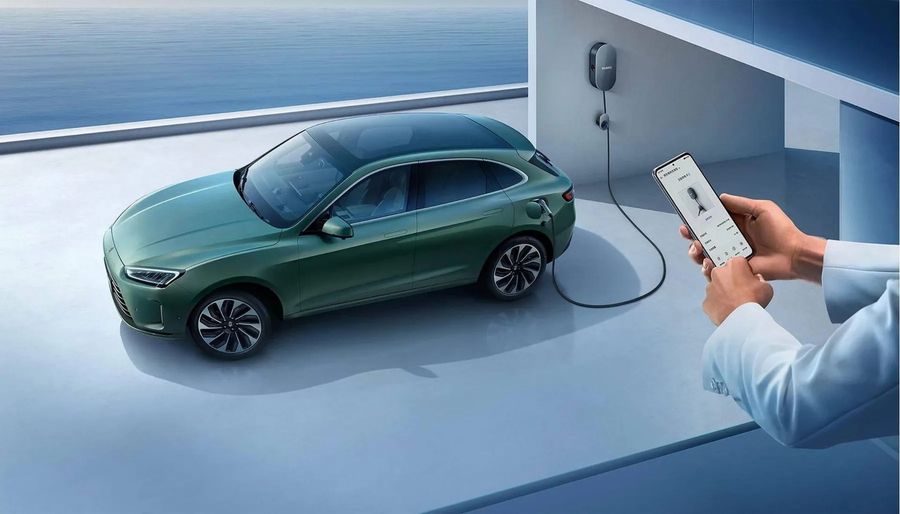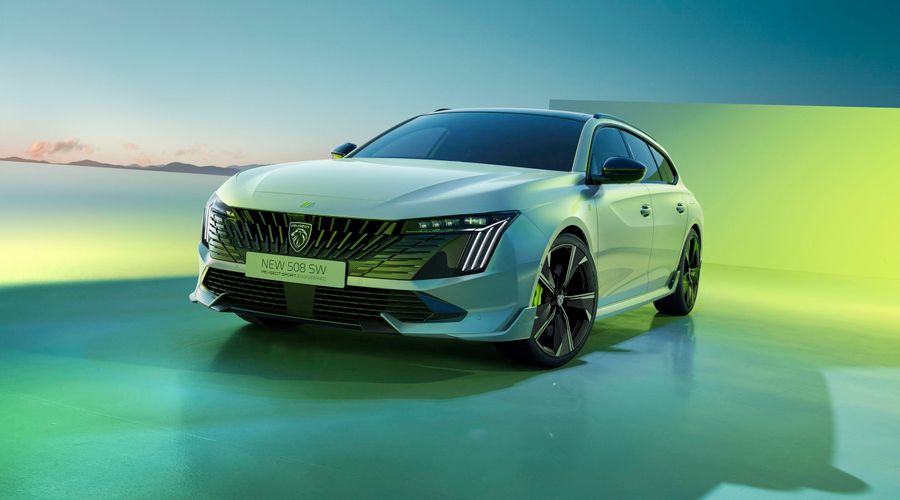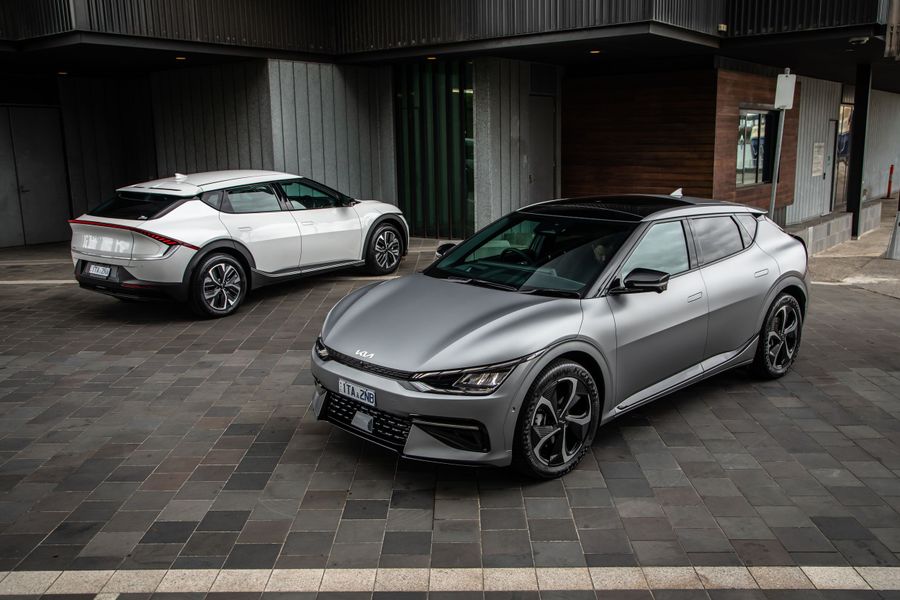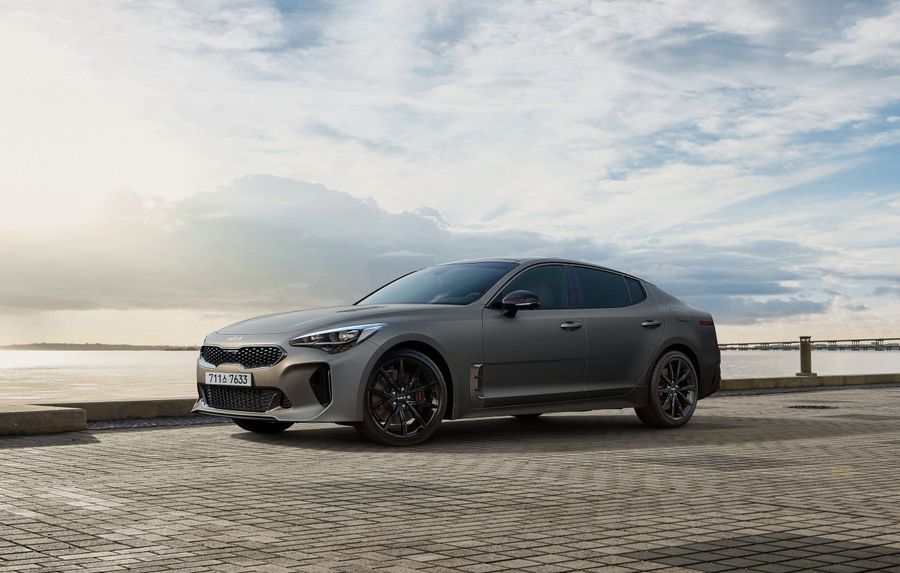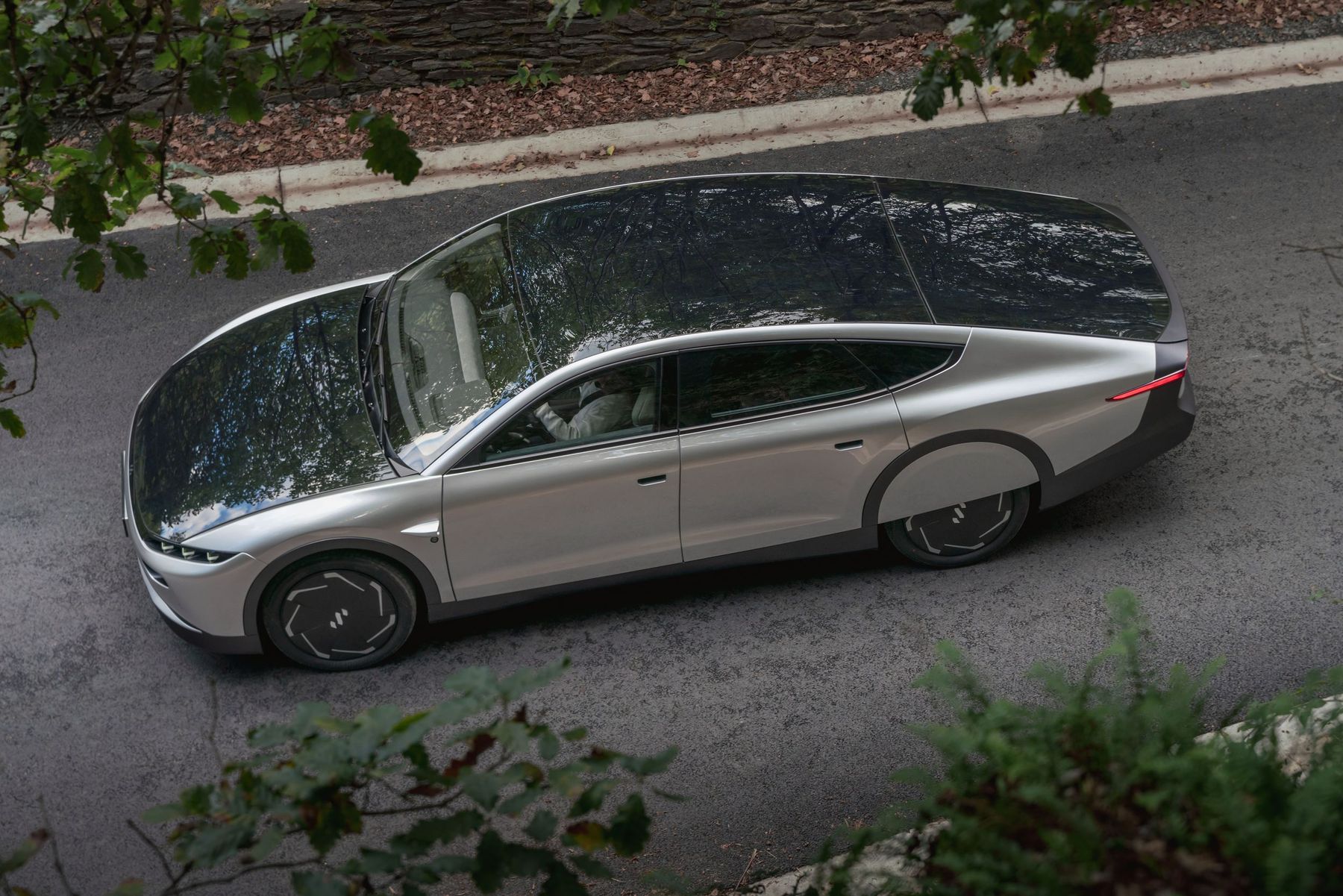
Lightyear 0. The first production solar car
The Lightyear 0 is an electric fastback equipped with 4 electric motors and a battery powered by solar panels with a total area of 5 square meters, placed on the hood, roof and trunk. The car is produced by Lightyear (Netherlands). It took the company 6 years to create its unique product. Presented on the last day of autumn 2022, the first production solar car turned out to be very expensive, with the cost starting from 250,000 euros, and the planned batch is only 946 units. Initially, only one Lightyear 0 per week will be manufactured, but from early 2023 production rates will begin to increase. It is assembled by hand in Finland, at the Valmet factory.
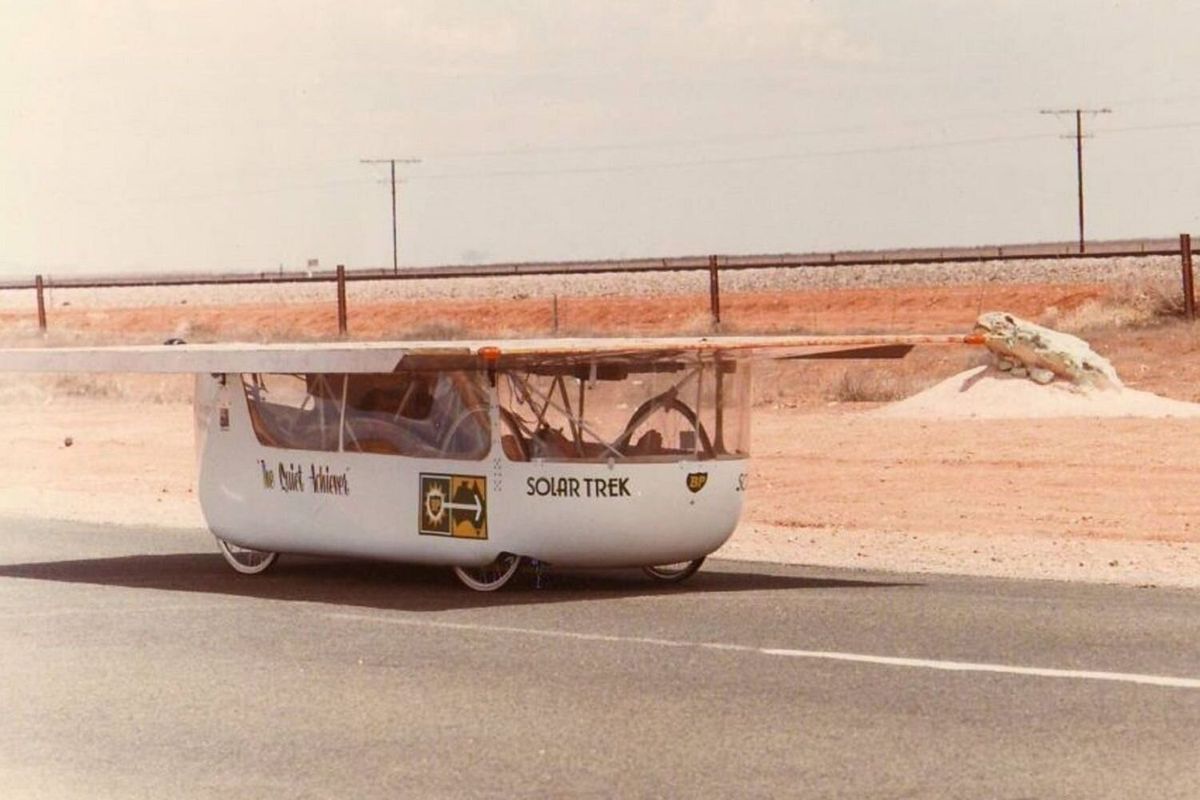
A solar car is a solar-powered electric vehicle that travels using the energy of the sun. Solar panels are used to power the electric motors and recharge the batteries. At night, it can drive like a normal car, burning fuel (in the presence of an internal combustion engine) or using batteries, and uses solar energy during the day. But it's not a new invention: in 1982, an inventor, Hans Tolstrup, drove the Quiet Achiever solar car across Australia from west to east at a speed of 20 km/h. Today, in addition to the Lightyear 0, at least two other solar vehicles are known, they are developed by Sono Motors from Germany and Aptera Motors from the United States.
Technical characteristics
First of all, the liftback turned out to be large: it is 5,083 mm long, 1,972 mm wide and 1,445 mm high. The car became the most aerodynamic production car in the world. It may surprise you with a record aerodynamic drag coefficient for production cars, only 0.175. The model is 5-seater. The powertrain of the solar car consists of four electric motors, which together produce 177 hp (130 kW), i.e. the car is all-wheel drive. The Lightyear 0 accelerates from 0 to 100 km/h in 10 seconds, the maximum speed is around 160 km/h. Dynamic performance is not remarkable.
The Lightyear 0 is ideal for sunny countries like Israel
But environmental friendliness and efficiency are more important than speed. The Lightyear 0 has a 60 kWh battery, a full charge (even without taking solar charging into account) is sufficient for 625 km (WLTP). Thanks to the surface of the panels, equal to 5 m², with good insolation, you can have 70 km of additional driving range per day or about 35 km in cloudy weather. In one year, the solar car can travel up to 11,000 km. The battery can also be charged from a regular household outlet. Obviously, the Lightyear 0 is ideal for sunny countries, like Israel, but the cost is too high…
Future plans (encouraging)

In a few years, Lightyear plans to start production of a second model, the Lightyear 2, which will be significantly cheaper. The estimated initial cost is 30,000 euros, but, most likely, the price will increase with mass production. The desired annual production of the second car is expected to exceed 100,000 units per year. The manufacturer plans to sell the Lightyear 2 not only in Europe, but also in North America and some Asian countries. It will compete with the German Sono Sion, which should cost 29,900 euros.


